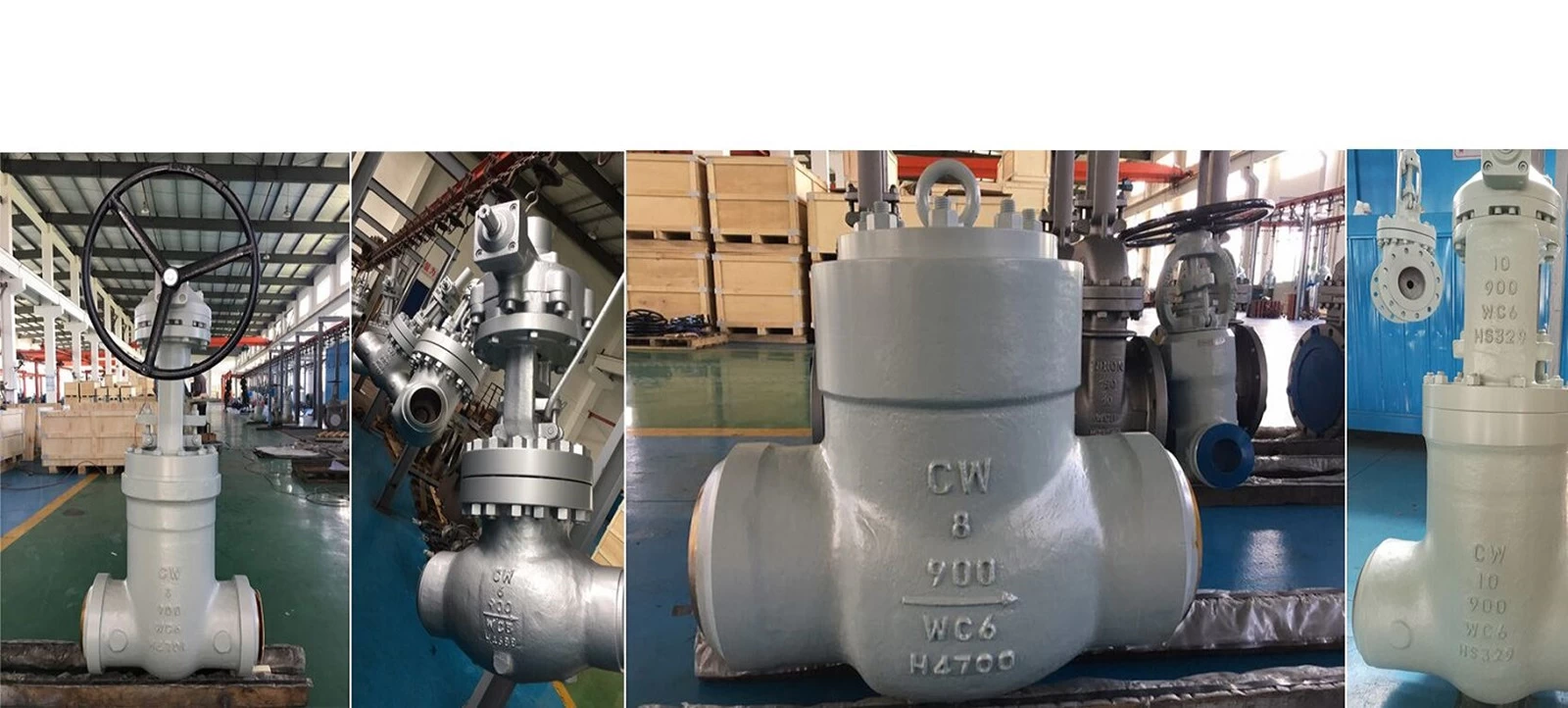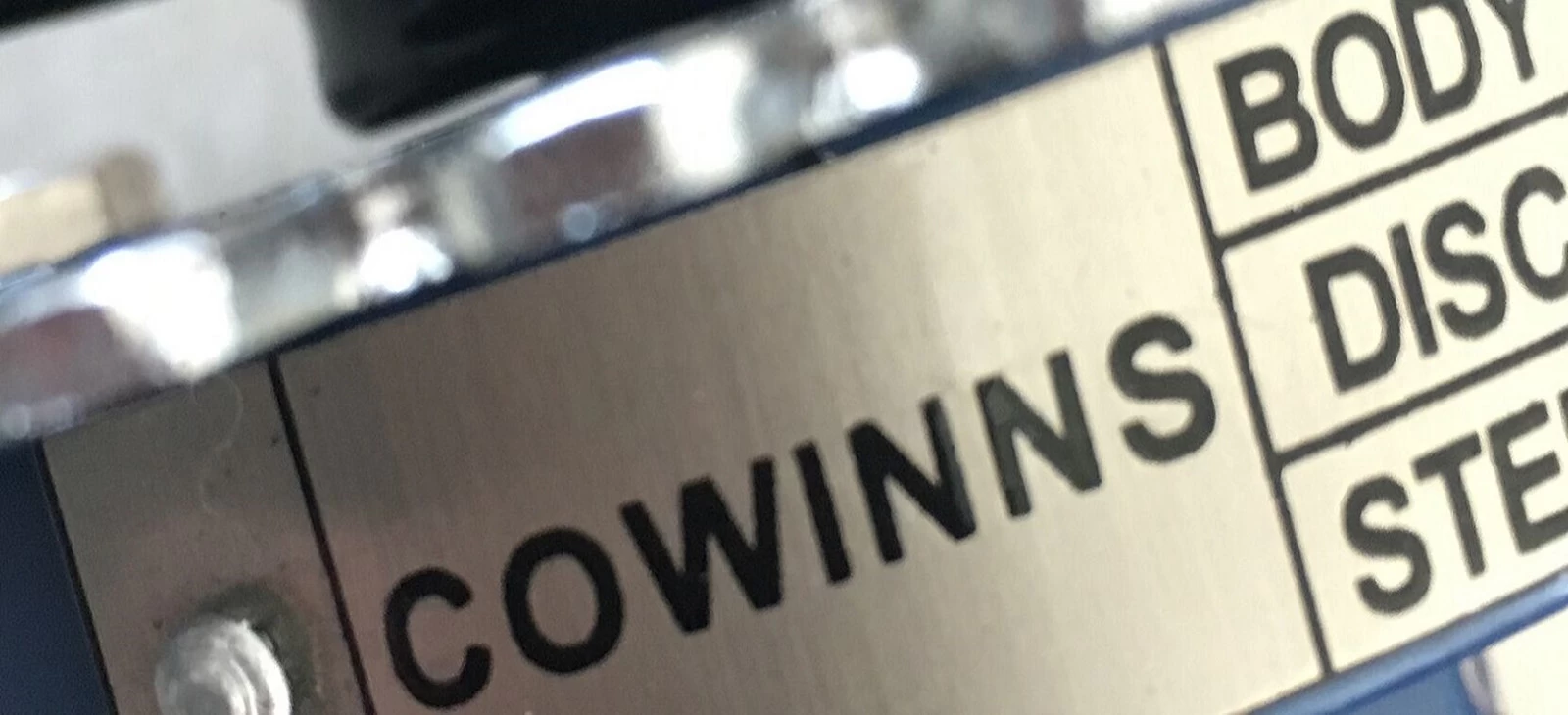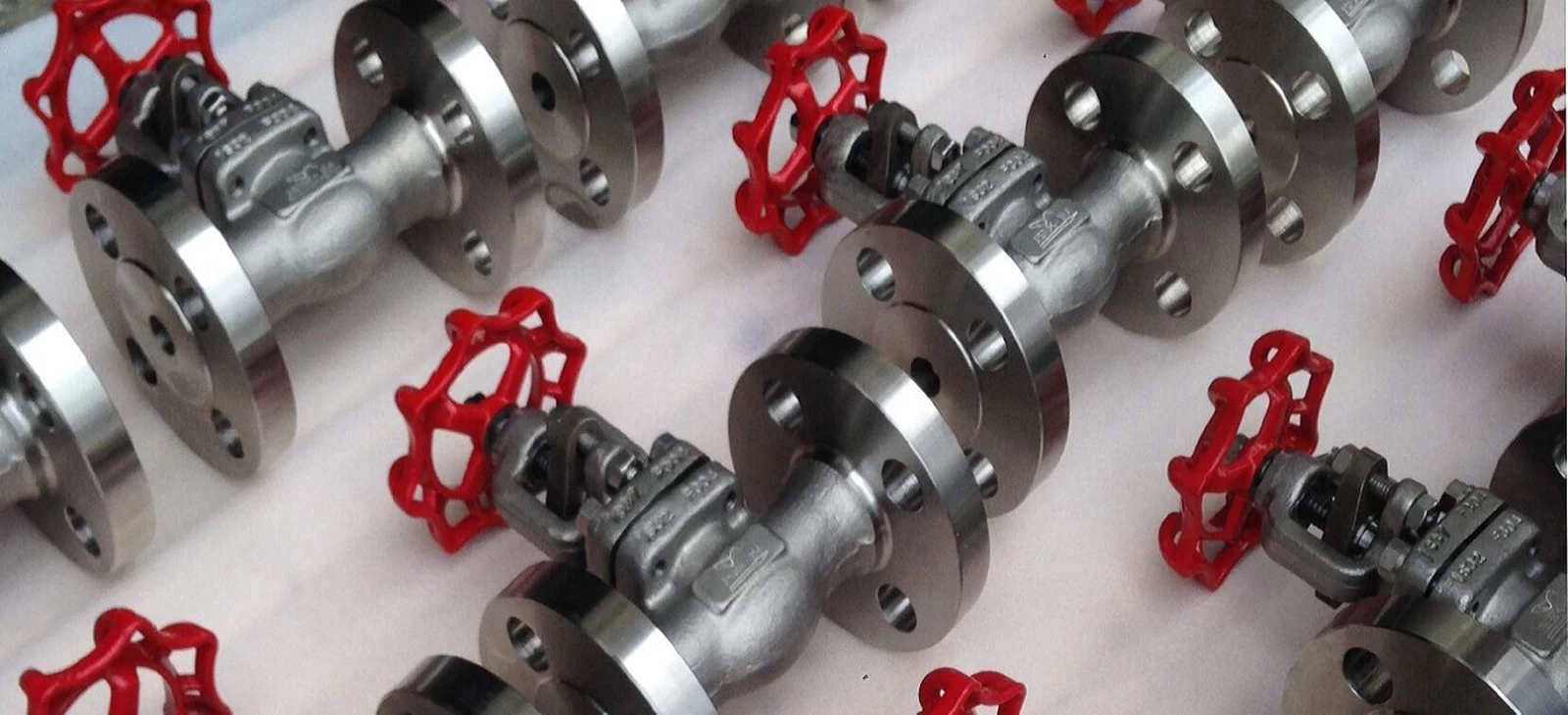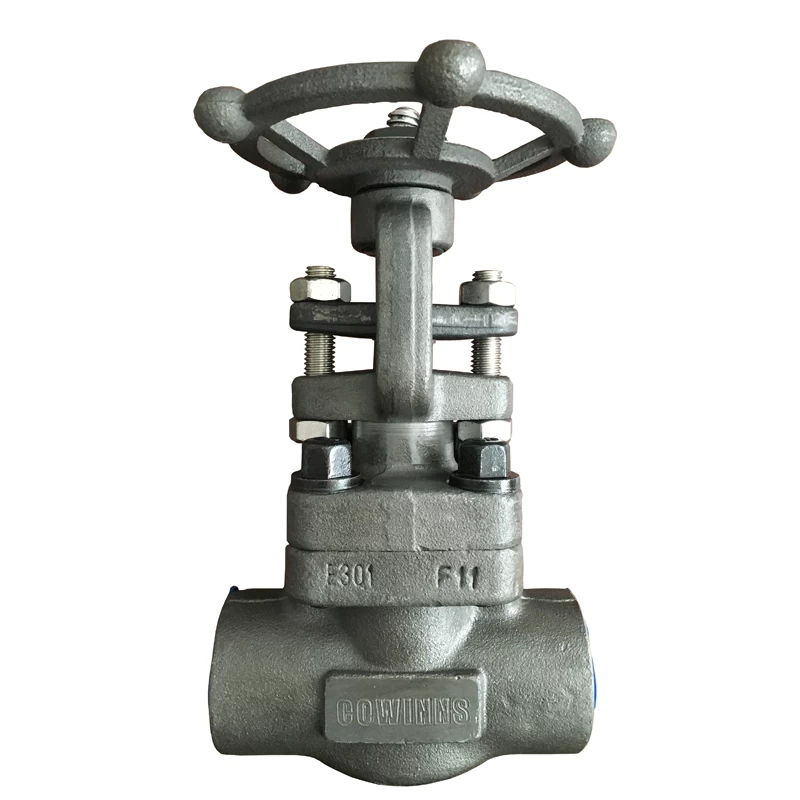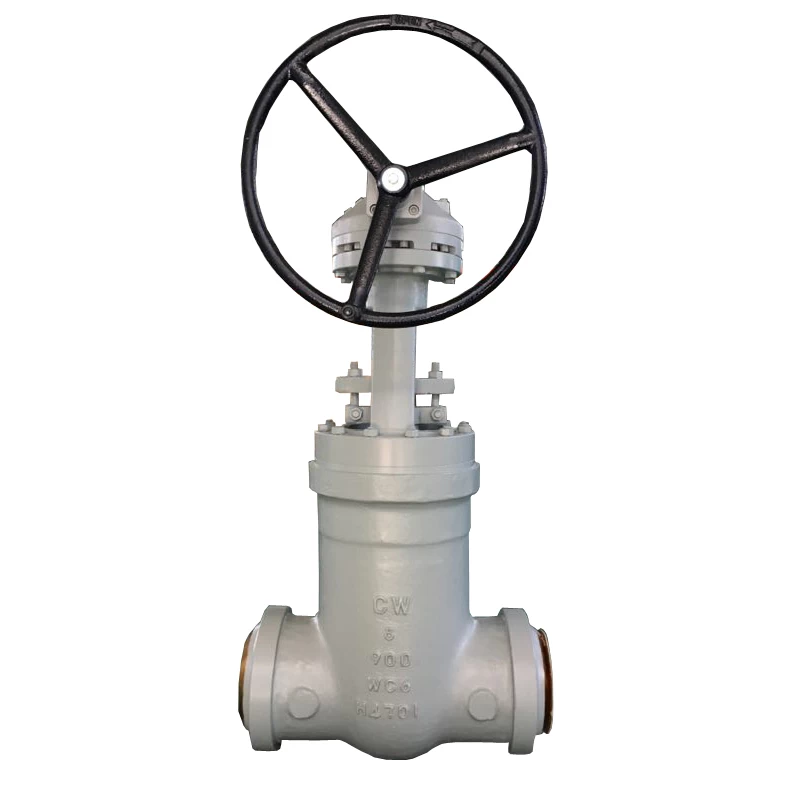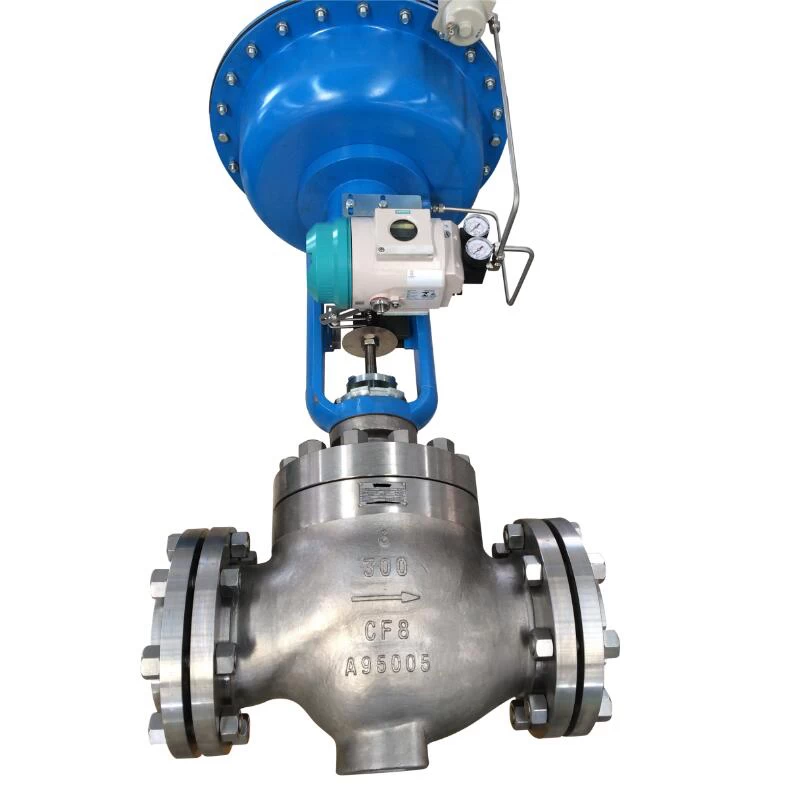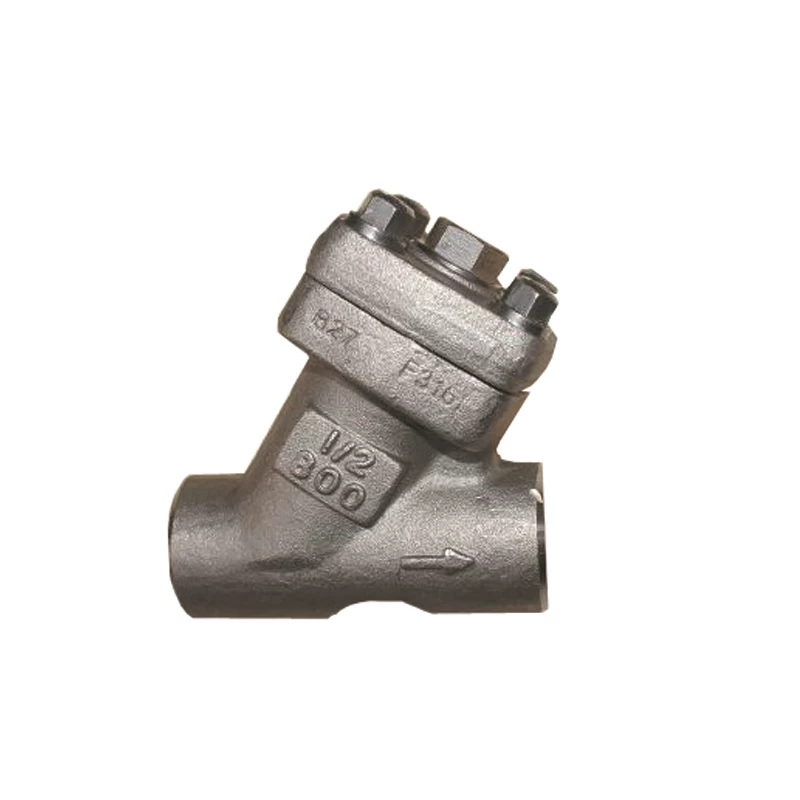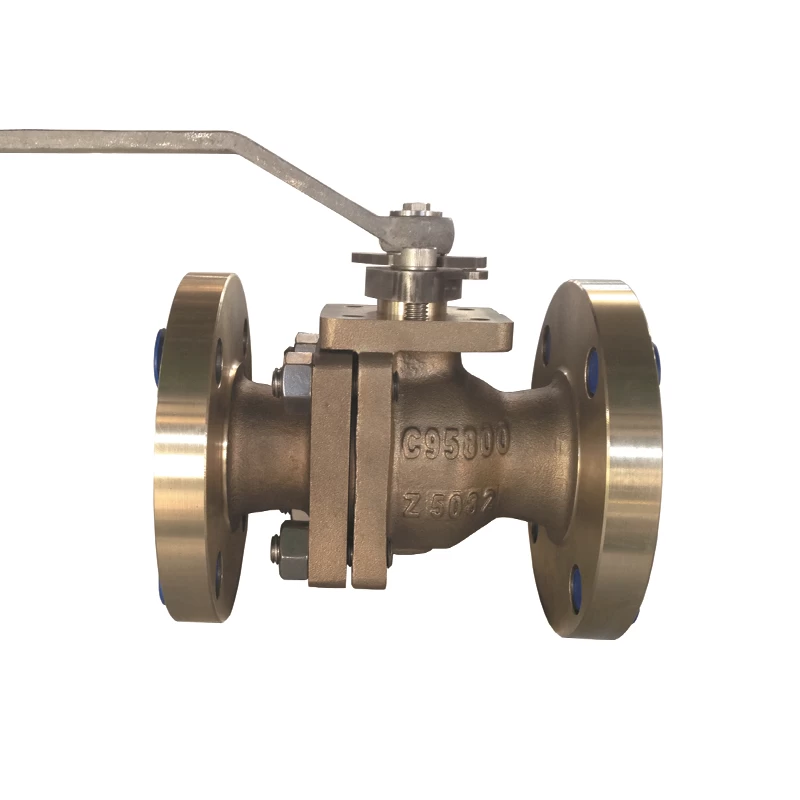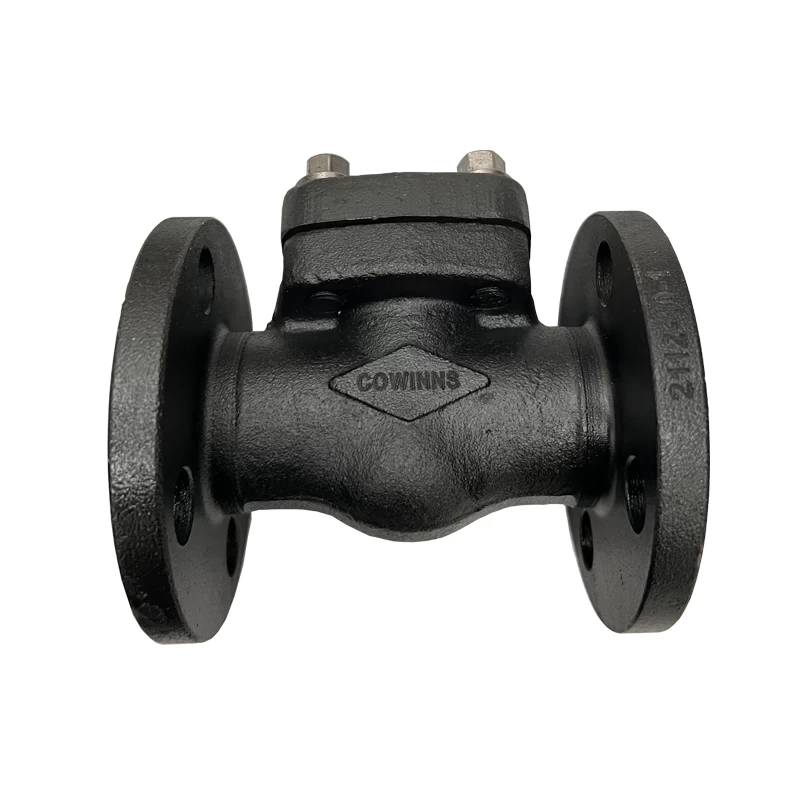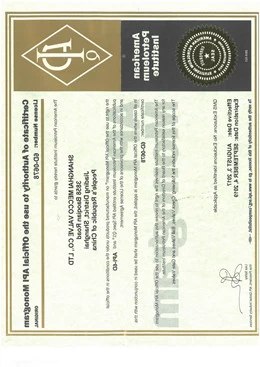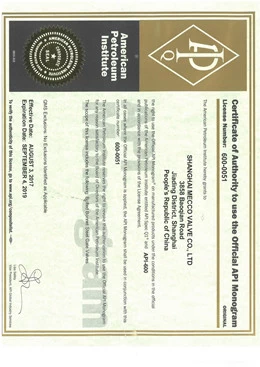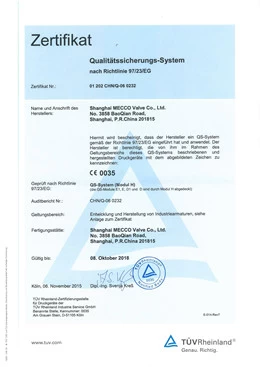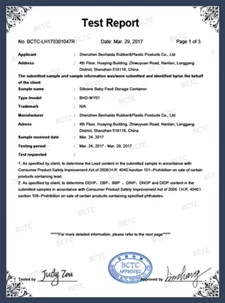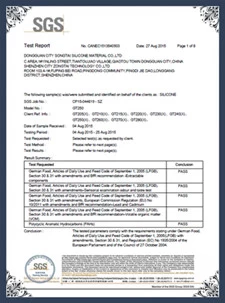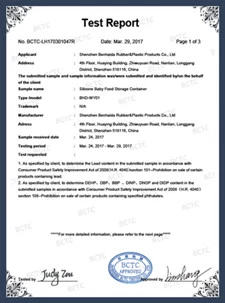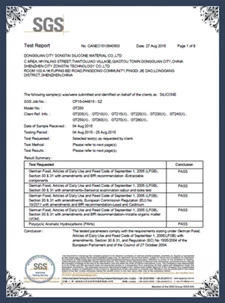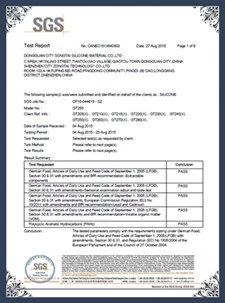Different kind valve pressure test methods
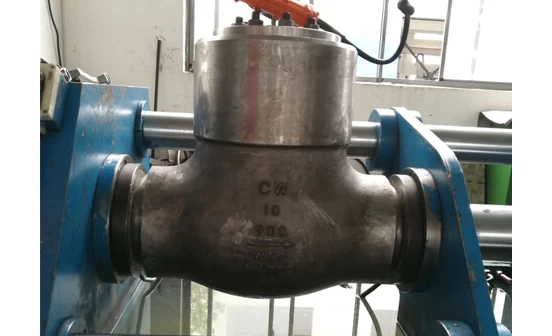
Under normal circumstances, industrial valves are not subjected to strength tests when in use, but the body and bonnet or the valve body and bonnet damaged by corrosion should be tested for strength after repair. For safety valves, the set pressure and return pressure and other tests shall comply with the specifications and relevant regulations. The strength and tightness test of the valve installation should be done. 20% of low-pressure valves should be checked randomly. If they are unqualified, 100% should be checked; medium and high-pressure valves should be 100% checked. Commonly used media for valve pressure testing include water, oil, air, steam, nitrogen, etc. The pressure testing methods for various industrial valves including pneumatic valves are as follows:
1. The pressure test method of the ball valve
The strength test of the
pneumatic ball valve should be carried out with the ball half open.
① Floating ball valve tightness test: put the valve in
a half-open state, introduce the test medium at one end, and close the other
end; rotate the ball several times, open the closed end when the valve is in
the closed state, and check the sealing performance at the packing and gasket
at the same time. There must be no leakage. Then introduce the test medium
from the other end and repeat the above test.
②Fixed ball valve tightness test: before the test,
rotate the sphere without load several times, the fixed ball valve is in the
closed state, and the test medium is introduced from one end to the specified
value; the pressure gauge is used to check the sealing performance of the inlet
end, and the accuracy of the pressure gauge is 0 .Level
5 to 1, the range is 1.5 times the test pressure. Within the specified
time, there is no decompression phenomenon as qualified; then introduce the
test medium from the other end, and repeat the above test. Then, put the
valve in a half-open state, with both ends closed, and the inner cavity filled
with medium, check the packing and gasket under the test pressure, and there
should be no leakage.
③ The three-way ball valve should be tested for
tightness at various positions.
2. Pressure test method of check valve
Check valve test state: Lift
check valve disc axis is in a position perpendicular to the horizontal; swing
check valve channel axis and disc axis are in a position approximately parallel
to the horizontal line.
In the strength test, the test medium is introduced
from the inlet end to the specified value, and the other end is closed. It is
qualified if there is no leakage in the valve body and bonnet.
In the sealing test, the test medium is introduced
from the outlet end, and the sealing surface is checked at the inlet end. No
leakage at the packing and gasket is qualified.
3. Pressure test method of pressure reducing valve
① The
strength test of pressure reducing valve is generally assembled after a single
piece test, and it can also be tested after assembly. The duration of the
strength test: 1 min for DN<50mm; more than 2min for DN65~150mm; more than 3min for DN>150mm. After the bellows and
the components are welded, apply 1.5 times the highest pressure after the
pressure reducing valve, and conduct a strength test with air.
② The sealing test shall be carried out according to
the actual working medium. When testing with air or water, perform the
test at 1.1 times the nominal pressure; when testing with steam, perform the
test at the highest working pressure allowed under the working
temperature. The difference between the inlet pressure and the outlet
pressure must not be less than 0.2MPa. The test method is: after the inlet
pressure is adjusted, gradually adjust the adjusting screw of the valve so that
the outlet pressure can change sensitively and continuously within the range of
the maximum and minimum values, without stagnation or jamming. For the
steam pressure reducing valve, when the inlet pressure is adjusted, the valve
is shut off after the valve is closed, and the outlet pressure is the highest
and lowest value. Within 2 minutes, the rise in the outlet pressure should meet
the requirements in Table 4.176-22. At the same time, the pipeline behind the
valve The volume meets the requirements in Table 4.18 as qualified; for water
and air pressure reducing valves, when the inlet pressure is adjusted and the
outlet pressure is zero, the pressure reducing valve is closed and the
tightness test is performed. No leakage within 2 minutes is qualified.
4. The pressure test method of butterfly valve
The strength test of pneumatic butterfly valve is the same as that of stop valve. The sealing performance test of the butterfly valve should introduce the test medium from the end of the medium flow, the butterfly plate should be opened, the other end should be closed, and the injection pressure should reach the specified value; after checking the packing and other seals without leakage, close the butterfly plate, open the other end, and check the butterfly No leakage at the plate seal is qualified. The butterfly valve used to adjust the flow can not be tested for sealing performance.
5. Pressure test method of plug valve
① When
the plug valve is subjected to strength test, the medium is introduced from one
end, the remaining passages are closed, and the plug is rotated to the fully
open working positions for the test. The valve body is qualified without any
leakage.
② During the sealing test, the straight-through plug
should keep the pressure in the cavity equal to that of the passage, rotate the
plug to the closed position, check from the other end, and then rotate the plug
180° to repeat the above test; three-way or four-way
plug valve The pressure in the cavity and one end of the passage should be kept
equal, the stopper should be rotated to the closed position in turn, the
pressure should be introduced from the right-angle end, and the other end
should be inspected simultaneously.
Before the plug valve test, it is allowed to apply a
layer of non-acidic dilute lubricating oil on the sealing surface, and no
leakage or enlarged water droplets within the specified time are
qualified. The test time of the plug valve can be shorter, generally
1~3min according to the nominal diameter.
The plug valve for gas shall be tested for air
tightness at 1.25 times the working pressure.
6. Pressure test method of diaphragm valve
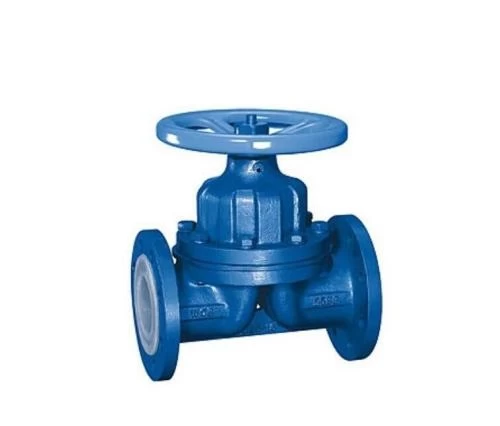
In the diaphragm valve strength test, the medium is introduced from either end, the valve flap is opened, and the other end is closed. After the test pressure rises to the specified value, it is qualified to see if the valve body and bonnet have no leakage. Then reduce the pressure to the tightness test pressure, close the valve flap, and open the other end for inspection. No leakage is considered qualified.
7. The pressure test method of the stop valve and the throttle valve
The strength test of the stop valve and the throttle valve, usually put the assembled valve in the pressure test rack, open the disc, inject the medium to the specified value, and check the valve body and valve Whether the cover is sweating and leaking. The strength test can also be performed on a single piece. Only stop valves are used for sealing test. During the test, the valve stem of the shut-off valve is in a vertical state, the valve flap is opened, and the medium is introduced from the bottom end of the valve flap to the specified value. Check the packing and gasket; close the valve flap after passing the test, and open the other end to check for leakage. If both the valve strength and tightness tests are to be done, the strength test can be done first, then the pressure is reduced to the specified value of the tightness test, and the packing and gaskets are checked; then the valve flap is closed and the outlet end is opened to check whether the sealing surface is leaking.
8. The pressure test method of gate valve
The strength test of gate
valve is the same as that of globe valve. There are two methods for the
sealing test of the gate valve.
① Open the gate to increase the pressure in the valve
to the specified value; then close the gate and immediately take out the gate
valve to check whether there is any leakage at the seals on both sides of the
gate or directly inject the test medium into the plug on the valve cover to the
specified value , Check the seals on both sides of the gate. The above method
is called intermediate pressure test. This method is not suitable for
sealing test on gate valves with nominal diameter below DN32mm.
② Another method is to open the gate to increase the
test pressure of the valve to the specified value; then close the gate and open
the blind plate at one end to check whether the sealing surface is
leaking. It fell further, to make the above test was repeated
engagement until the grid.
Pneumatic gate valve packing and gasket sealing test
should be carried out before the gate sealing test.
9. Pressure test method of safety valve
① The strength test of safety valve is the same as that of other
valves. It is tested with water. When testing the lower part of the valve
body, the pressure is introduced from the inlet I=I end and the sealing surface
is closed; when testing the upper part of the valve body and the bonnet, the
pressure is introduced from the outlet El end and the other ends are
closed. No leakage of valve body and bonnet within the specified time is
qualified.
② For sealing test and constant pressure test, the
general use medium is: steam safety valve uses saturated steam as the test
medium; ammonia or other gas valves use air as the test medium; water and other
non-corrosive liquid valves use water as the test medium medium. For
safety valves in some important positions, nitrogen is often used as the test
medium.
The sealing test shall be conducted with the nominal
pressure value as the test pressure, the number of times shall not be less than
twice, and no leakage within the specified time shall be qualified. There
are two leak detection methods: one is to seal the joints of the safety valve,
and use butter to seal the thin paper on the flange of the outlet. The plastic
plate or other plate seal is attached to the lower part of the outlet flange,
and the valve disc is sealed with water. It is qualified if the water does not
bubble. The safety valve constant pressure and return pressure test times
are not less than 3 times, and it is qualified as conforming to the
regulations. The various performance tests of safety valves refer to GB/T
12242-1989 Safety Valve Performance Test Methods.
Valve pressure test regulations
1, after unpacking all valves should be visually
inspected, comprising a plate on the valve body is complete, the product
quality documents, the valve is closed, the other can not damage the like blue
surface, no Dirty, both ends of the anti- protection Cover etc.
2. The operator should be familiar with the operation
of the pressure test bench.
3. The valve pressure test JHA is perfect, and the
operator should be familiar with the safety hazards of the valve pressure test
and reverse transportation and take corresponding preventive measures.
4. The valve pressure test process is: valve shell
strength test, upper seal test, and seal test.
(1) The test medium for the strength of the valve shell
is water, the pressure is 1.5 times the nominal pressure of the valve, the
pressure holding time is 5 minutes, and no drip or moisture is qualified.
(2) The sealing test medium on the valve adopts water,
the pressure is 1.5 times of the nominal pressure, the holding time is 15s for
DN≤50, 60s for 65≤DN≤300, and 120s for DN≥350. No leakage is
qualified.
(3) Valve sealing test: Low pressure sealing test is
carried out. The test medium is air (gate valve), the pressure is 0.6MPa, the
pressure holding time is 15s for DN≤50, 60s for 65≤DN≤150, and 120s for DN≧200. The requirement is qualified.
(4) After the pressure test is qualified, the water in
the valve cavity should be blown dry with compressed air in time.
(5) Valves that pass the pressure test are marked √ on the valve body, and valves that are unqualified are marked ×.
(6) After the pressure test, the valves should be
stacked separately according to the type and specifications of the device, and
the unqualified products should be stacked separately; each stacking area
should be erected with a clear sign. After the pressure test, the valve
should be closed and sealed, and covered and protected with colored cloth in
the stacking area.
(7) After the valve pressure test, the "Valve/Pipe
Fitting Test Record" should be filled in time according to the device, and
the model column should be filled in with the purchase contract number on the
valve body.
(8) For valves that have passed the test, the valve
"Valve Issuance Record" must be filled in and signed by both the
issuing and receiving parties.
(9) Unqualified valves need to establish a separate
"Unqualified Valve Information Ledger"
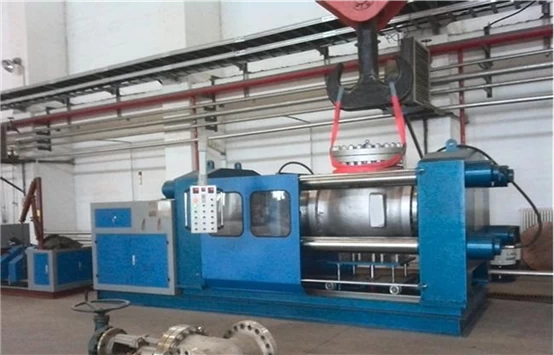
 +86 512 68781993
+86 512 68781993 
